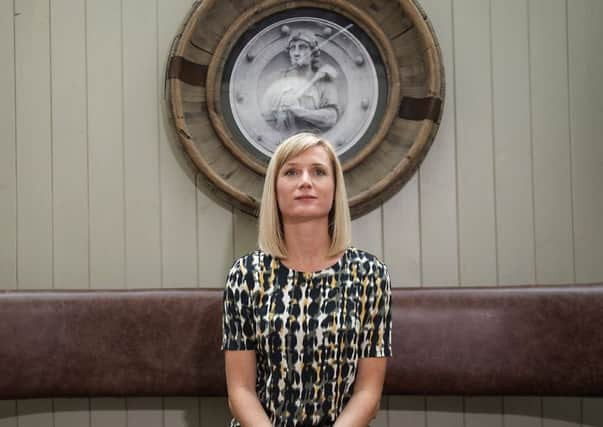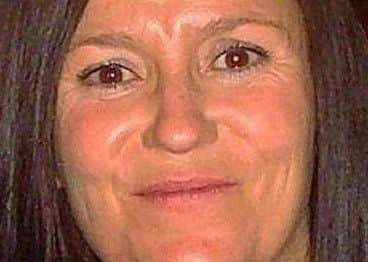The forensic scientist helping others in memory of murdered Moira Jones


It was a murder that horrified Scotland and changed many lives forever.
Now the forensic scientist who led work on the case of murdered businesswoman Moira Jones has spoken of her unique relationship with the victim’s parents and her work helping other families broken by the violent death of a loved one.
Advertisement
Hide AdAdvertisement
Hide AdCarol Rogers, 42, spent hours at the crime scene in Glasgow’s Queen’s Park where Slovakian national Marek Harcar dragged Jones before subjecting her to a brutal, degrading and lethal attack in May 2008.


Despite having worked on big cases before, including the Peter Tobin murder of Angelika Kluk, Rogers admits this was something different.
She said: “This was a young woman, abducted from outside her house, on a busy street at 10 o’clock at night. I’d never worked on a murder like this before.
“Thankfully it is very rare, but it was very shocking, even to someone who had been a forensic scientist for a while.”
Rogers recalled CCTV footage shown at Harcar’s trial which fleetingly captured Jones and her killer by the park gate.


“That is probably the most shocking thing I have ever seen in my job. Just knowing in hindsight that it wasn’t a couple walking along a busy street. It was actually capturing Moira’s last moments. That will always stay with me,” she said.
Rogers is now a trustee of The Moira Fund, set up by Jones’s parents, Bea and Hu, in memory of their daughter to offer financial support to families affected by murder and manslaughter.
The forensic scientist already knew who they were, having held up their daughter’s badly torn clothing while in the witness box at Glasgow High Court as the family sat in the public gallery.
Advertisement
Hide AdAdvertisement
Hide AdThey later met at The Moira Fund’s first charity ball, held at the Radisson in Glasgow in the months after Harcar was sentenced to at least 25 years in prison.
Rogers admits she found it difficult meeting with the Jones family in the aftermath of the trial.
She said: “That had never happened to me before. We never meet families of victims, that is a police thing. Scientists never do that. I didn’t expect they would talk to me, I didn’t think they would recognise me. At first I found it very hard to deal with, the whole thing, and found it quite upsetting afterwards. I wasn’t used to dealing with the fall-out of murder.
“Of course in hindsight I am really glad that I’ve met them and they have allowed me to be involved with this.
“And I do feel quite privileged that they have accepted me into the charity.”
Rogers said she faced criticisms from some colleagues who thought she should not be emotionally involved with the family, but the scientist says it brings a different meaning to her work.
She said: “I think being involved with them probably puts my job into perspective more than ever before.
“You go to crime scenes and while you always appreciate that every deceased is a relative of someone, you give your evidence, you go to court, you go away and the next case comes along. I am not saying you just forget about cases but you move onto the next case.
Advertisement
Hide AdAdvertisement
Hide Ad“With Bea and Hu I have had an insight into what their life is like after Moira has gone and an insight into what families have to deal with after murder. It makes my job much more real.
“It would never cross my mind that there isn’t the emotional or financial support available to families who have been through this. You just think someone is going to take care of that.”
More than 600 families affected by murder and manslaughter have been assisted by The Moira Fund since it was set up in 2009.
It pays for practical and emotional support, such as a short break away from home or some counselling, but often practical needs such as transport costs to attend trials or help with paying for a funeral are met.
Rogers meets up with the family in Glasgow to discuss the work of the trust and new awards, sometimes over a curry. She described an “affection” between her and Moira’s mother and the two are in regular contact.
The forensic scientist recently met a woman who had been helped by the fund following the murder of her grandson. The fund allowed the family to hire a minibus so they didn’t have to catch the same train to the trial as the accused’s family.
“It wasn’t a big sum of money but the woman said it meant the world to them at the time. It is little things like that. One family testimony said the fund allows you to see human kindness when the world is falling apart. And I think that is what the charity does. It restores a little bit of faith in humanity.”